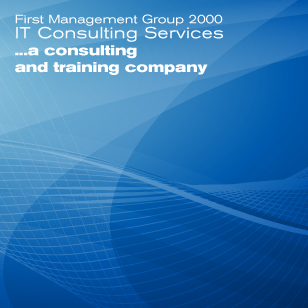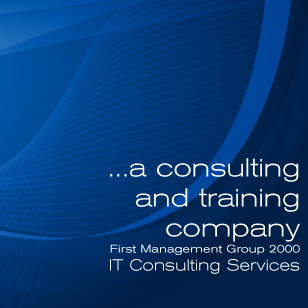Oracle Migrations Backup
and Recovery Manager RMAN
IT Consulting Services
Installation, configuration, upgrade, and migration
Although system administrators are generally responsible for the hardware and operating system on a given server, installation of the database software is typically up to the DBA. This job role requires knowledge of the hardware prerequisites for an efficient database server, and communicating those requirements to the system administrator. The DBA then installs the database software and selects from various options in the product to configure it for the purpose it is being deployed. As new releases and patches are developed, it is the DBA's job to decide which are appropriate and to install them. Finally, if this server is a replacement for an existing one, it is the DBA's job to get the data from the old server to the new one and keep the database as close as possible to the latest version to be supported by Oracle Corporation.
Oracle Migrations
Our DBA team has the expertise to migrate your database from different Oracle platform and from other databases. Migrate your non-Oracle database and receive a trade-in credit of up to 100% for a maximum of US $1,000,000 from Oracle Corporation. We’ll Migrate IDB2, Informix, Microsoft SQL Server, or Sybase databases to Oracle 12c to take advantage or Oracle Corporation trade-in-credit.
Backup and Recovery
DBAs are responsible for developing, implementing, and periodically testing a backup and recovery plan for the databases they manage. Even in cases where the OS administrators are backing up the entire system or a separate system, the DBA has final responsibility for making sure that the backups are being done as scheduled and that they include all the files needed to make database recovery possible after a failure. When failures do occur, the DBA needs to know how to use the backups to return the database to operational status as quickly as possible, without losing any transactions that were committed. There are several ways the database can fail, and the DBA must have a strategy to recover from each. From a business standpoint, there is a cost to doing backups, and the DBA makes management aware of the cost/risk tradeoffs of various
Oracle Recovery Manager (RMAN)
• Plan effective backup and recovery procedures.
• Use Recovery Manager to create backups and perform recovery operations.
• Use Oracle Flashback technologies to recover from human error.
• Install Oracle Secure Backup.
• Perform an Oracle-suggested backup to tape.
• Use Oracle Secure Backup to perform a file system backup.
• Use Oracle Secure Backup to perform a file system restoration.
• Perform an encrypted database backup and restore.
• Manage the Oracle Secure Backup environment.
• Monitor and tune Recovery Manager.
• Perform tablespace point-in-time recovery.
• Create a duplicate database.
• Create and manage a recovery catalog database.
|


